How to Attract Butterflies to Your Garden
Team PlantTAGG2023-06-15T12:21:52-06:00In honor of National Pollinator Week, we’re featuring one of nature’s most interesting pollinators – butterflies! Keep reading to learn how to build an incredible butterfly garden.
Your yard can be an amazing canvas for novice and master gardeners. You can design a new garden space with colorful flowers that beautify your landscape or cultivate vegetable gardens to feed your family.
Butterfly gardens are another way to add interest and excitement to your outdoor areas. Watching a butterfly’s wings flutter from flower to flower is a beautiful experience. You can observe and take pictures for viewing later. Additionally, if you create a butterfly garden, you help save one of nature’s most interesting pollinators.
In this blog post, we walk through the benefits of a butterfly garden and how to create an ideal environment filled with plants that attract butterflies. If you already have a butterfly garden, we’d love to see it! Post some photos and tag us on social @PlantTAGG to share ways you’re celebrating pollinators this week.
Benefits of a Butterfly Garden
A butterfly garden has many benefits, including increasing the butterfly population. Butterflies are important pollinators that offer many advantages:
- Serve as pollinators – When butterflies travel from flower to flower, they spread pollen to help plants reproduce.
- Cut down on pesticide usage – Butterfly gardens help eliminate pesticides, which is good for the environment and helps attract other beneficial insects to your garden.
- Assists with the circle of life – Butterflies and caterpillars are food for many other animals.
- Education – Seeing the transformation of a caterpillar into a butterfly is a phenomenal way to learn about wildlife.
- Brings joy – Watching butterflies flit about can cause us to feel joy.
How to Build a Butterfly Garden
To create a successful butterfly garden, you will need to have the right elements to entice them to the area. Some things to consider:
- Nectar – Butterflies love the nectar in particular flowers.
- Water – Butterflies also need water to drink. Consider placing flat rocks or shallow containers to collect rainwater for butterflies to access.
- Food – Make sure you have a food source for mature butterflies (nectar) and caterpillars (host plants).
- Sun – Pick a sunny location for your butterfly garden to help keep your butterflies warm as they bask in the sunlight.
- Shelter from the wind and predators – Butterflies are delicate insects that must be protected from the elements and predators. Consider building a butterfly house to provide safety and shelter.
- A place to lay their eggs – Remember, having a flourishing butterfly garden also means sustaining caterpillars. The host plants you put in your garden will serve as food and as a place where butterflies can lay eggs.
- A pesticide-free space – It is best not to use pesticides near your butterfly garden.
Selecting Plants for Your Butterfly Garden
Once you’ve selected the perfect spot for your butterfly garden, it’s time to pick your plants! Below are a few to consider:

Butterfly Bush
Butterfly bush is a colorful shrub with tiny flowers that grow in clusters. The flowers bloom mid-summer with variations of purple, orange, yellow and white. The scent and nectar attract butterflies. After catching root, the plants can survive with little watering. Butterfly bushes can grow more than 10 feet tall, and pruning is necessary to contain their growth.
Chrysanthemum
Chrysanthemums are native to Asia, but they are one of the most popular flowers in American gardens. They are beautiful flowers with tiny clustered petals that create a perfect bloom for butterfly landing. The plant grows close to the ground and is great for small and large gardens. Well-drained soils with even moisture and plenty of fertilizer are the best way to produce beautiful mums. They work great in container gardens as well.
Butterfly Weed
Butterfly weed is a variety of milkweed. The plant has clusters of small orange flowers that bloom in full sun. It’s also known by other names, including Indian paintbrush, orange root, and orange milkweed. Butterfly weed flourishes in a range of conditions and is best grown through direct sowing. The plant is drought-resistant and suitable for any garden. After watering for the first season, it can thrive on its own without fertilization.
Chives
Chives are great for cooking or ornamental purposes. The purple flowers provide nectar for butterflies and do well when grown in clusters. The plant can survive with minimal care almost everywhere in the United States.
Asters
Asters are perennial wildflowers that grow in varying soils and climates. They can survive in autumn while other flowers fade and also thrive in cool night temperatures. In warmer areas, asters thrive with shade from the hot sun. Asters provide nectar for butterflies and foliage for caterpillars, so they are a great addition to a butterfly garden.
Salvia
Salvia adds excellent color and height to your garden. The plant produces long spikes of blue or white flowers that bloom in summer and fall. In the north, salvia grows as an annual, but it grows perennially in warmer climates. They thrive in well-drained soils and resist drought, which makes them ideal for summer gardens. Salvia varies in height, but some can grow more than four feet, making them one of the tallest plants on our list!
Lantana
Lantana is an annual shrub that works well in any garden. It tolerates heat and attracts butterflies. The flowers have a kaleidoscope of colors, which makes them an ideal way to add color to any landscape. You can use Lantana for fencing and hedges, and they require very little maintenance.
Other flowers to consider planting in your butterfly garden:
Nectar Producing Plants:
· Beebalm
· Black-eyed Susan
· Coneflower
· Daisy
· Goldenrod
· Ironweed
· Mint family (several different varieties)
· Phlox
· Verbena
Nectar Producing Plants and Foliage for Caterpillars:
· Angelica
· Snapdragon
· Stonecrop
· Sunflower
Foliage for Caterpillars:
· Baptisia
· Pipe Vine
· Grasses (several different varieties)
Creating a stunning and beneficial butterfly garden is a great way to promote hours of enjoyment for yourself and the butterflies that call it home.
If you’re looking for help in getting your butterfly garden set up, your local IGC is a great place to start. Walk around the store and talk to the experts.
You also can use the PlantTAGG Plant ID any time you’re out for a walk, at your friend’s house, or at your local botanical garden. You can text “PLANTS” to 46376 when you’re ready to get your yard set up in PlantTAGG. It’s free to use with nothing to download or install. We’ll help you discover the best plants for your butterfly garden based on your location and garden size. PlantTAGG also makes sure you know how and when to prune, fertilize and water your plants so that you can enjoy your butterfly garden for many years to come!



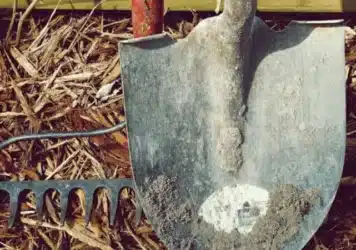
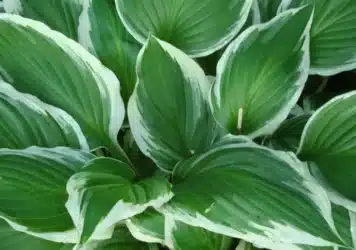

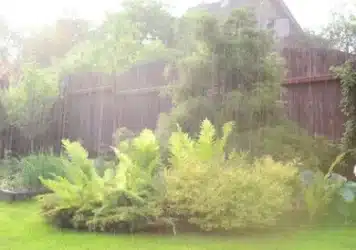
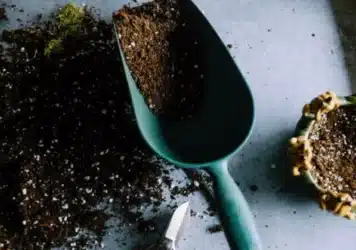
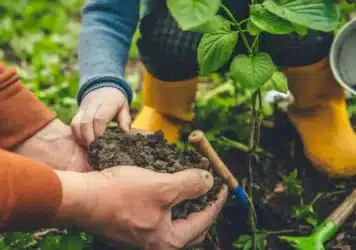

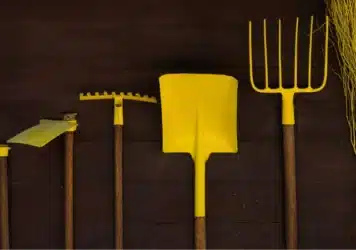
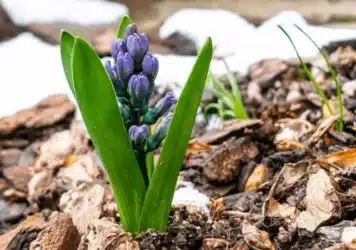

Comments (3)
The list of foliage for caterpillars is really short!
Milkweed: Monarchs, Queens
Fennel, Parsley, Dill: Eastern Black Swallowtail
Rue, Hop Ash, Tiger Swallowtail
Passionvine: Fritillary, Zebra longwing
There are many others!
A few other plants a gardener might consider to attract butterflies include Gregg’s mistflower, tithonia or Mexican sunflower, zinnias, and milkweed, which is the only larval food source for monarchs.
Sages are great flowers for butterflies and hummingbirds and there are so many varieties and colors to choose from: autumn sage, Mexican bush sage, black and blue sage, mealy cup sage, to name just a few.